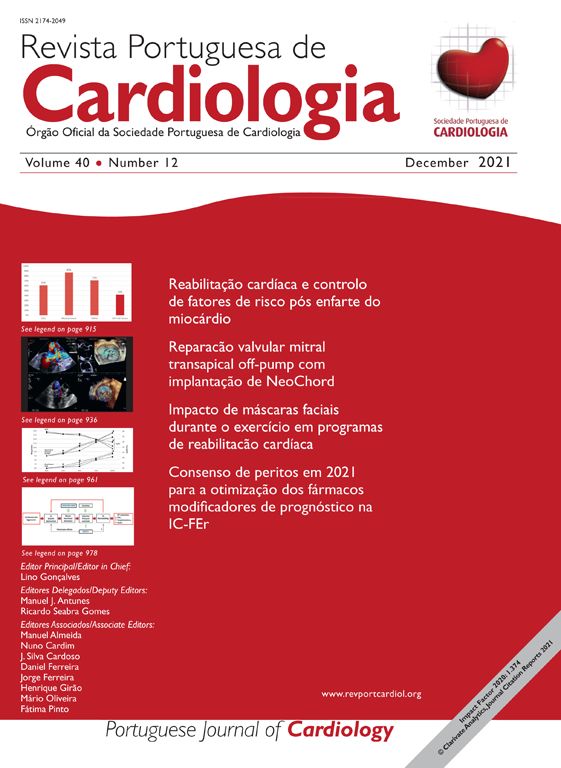The authors have reflected on all the points highlighted by McAllister et al.1 Regarding low body weight being one of the key risk factors for complications of local anesthetics (LA), we agree, as we clearly stated in the discussion section of our case report2 – “The most critical aspect of LA is appropriate dosing. The lowest effective dose should be used and patient weight and comorbidities need to be considered when calculating the dose.” The risks of LA are well known within anesthesiologists’ clinical practice, and we are aware of the need to identify high-risk patients, as LA are commonly used in our practice in a variety of routes of administration. This topic is frequently covered in anesthesiology journals, especially by regional anesthesia societies.3–5 However, these journals are not usually of interest to other medical and surgical specialties and we consider that local anesthetic systemic toxicity (LAST) is potentially overlooked by other practitioners.
Our main aim in publishing this case report was to raise awareness of the risks of administering lidocaine, a commonly used drug in all medical and surgical specialties, in which physicians may not be as aware of the risk factors and the possibility of LAST. Lidocaine is widely used and is frequently considered to be extremely safe; however, many practitioners may fail to identify high-risk patients and may misdiagnose the early symptoms of LAST. This is what occurred in the case presented: the first suspected diagnosis was anaphylaxis, as LAST is rarely in the minds of those who frequently use local anesthetics. We presented the case especially because the subcutaneous route was used, a frequent practice in outpatient settings, as it is commonly considered an innocuous route of administration.
Overall, we are in line with McAllister et al.’s reflections and completely agree with their conclusion that prevention is key, by considering weight, route of administration and comorbidities in order to identify high-risk patients. However, we are also aware that choosing the correct dosage when performing outpatient procedures on such high-risk patients is challenging for medical practitioners. Thus, we would like to highlight the need to refer these patients to the care of an anesthesiologist, so that other possibilities beyond local anesthetic infiltration can be weighed to ensure a safe, effective and comfortable procedure for both patient and practitioner.
Conflicts of interestThe authors have no conflicts of interest to declare.





